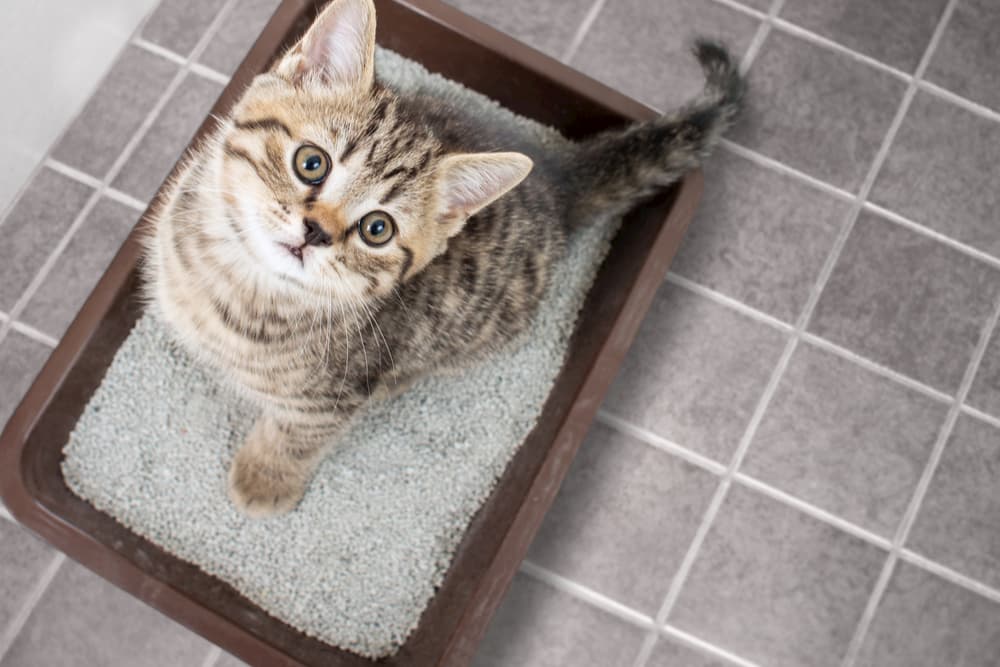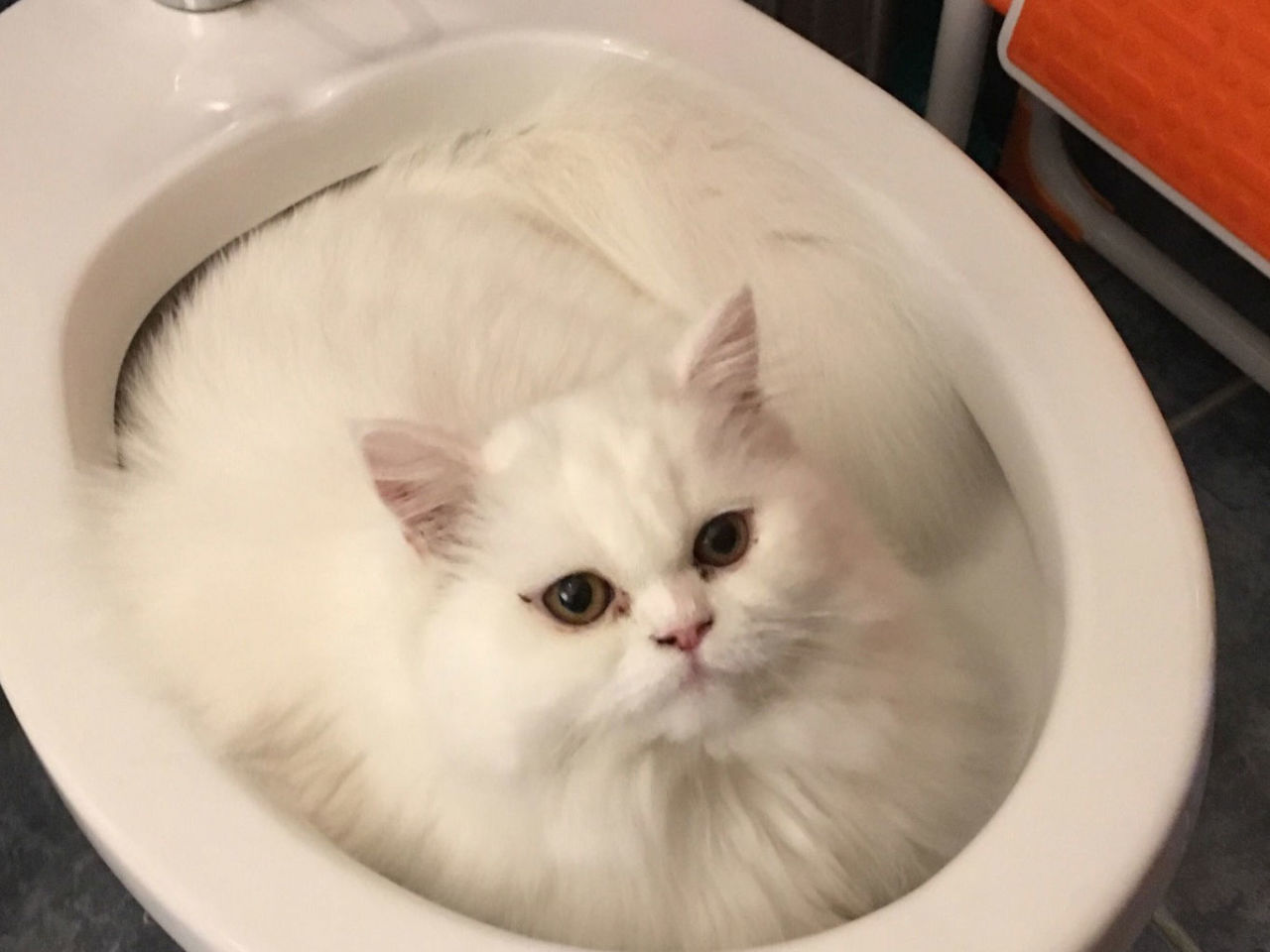The Dangers of Flushing Cat Poop Down Your Toilet - Tips for Better Handling
The Dangers of Flushing Cat Poop Down Your Toilet - Tips for Better Handling
Blog Article
We have encountered this post about Can You Flush Cat Poo or Litter Down the Toilet? directly below on the internet and felt it made good sense to talk about it with you on this site.

Intro
As cat proprietors, it's necessary to be mindful of how we deal with our feline friends' waste. While it may seem practical to flush pet cat poop down the commode, this practice can have damaging consequences for both the setting and human health and wellness.
Ecological Impact
Flushing pet cat poop presents dangerous microorganisms and parasites right into the water system, positioning a significant threat to water communities. These impurities can negatively influence marine life and concession water high quality.
Wellness Risks
In addition to ecological issues, purging cat waste can likewise pose health and wellness threats to humans. Feline feces might contain Toxoplasma gondii, a bloodsucker that can cause toxoplasmosis-- a potentially serious disease, especially for pregnant females and individuals with weakened body immune systems.
Alternatives to Flushing
Thankfully, there are more secure and a lot more responsible means to deal with cat poop. Think about the adhering to alternatives:
1. Scoop and Dispose in Trash
The most typical technique of getting rid of feline poop is to scoop it into a naturally degradable bag and toss it in the trash. Make sure to use a committed litter scoop and deal with the waste immediately.
2. Usage Biodegradable Litter
Select naturally degradable feline trash made from materials such as corn or wheat. These litters are eco-friendly and can be securely taken care of in the garbage.
3. Bury in the Yard
If you have a yard, take into consideration burying cat waste in a marked location away from veggie gardens and water resources. Make sure to dig deep enough to stop contamination of groundwater.
4. Set Up a Pet Waste Disposal System
Buy a family pet waste disposal system especially developed for pet cat waste. These systems use enzymes to break down the waste, minimizing odor and environmental influence.
Conclusion
Accountable pet ownership expands past offering food and sanctuary-- it likewise entails correct waste management. By refraining from flushing feline poop down the bathroom and going with different disposal approaches, we can minimize our environmental footprint and shield human wellness.
Why Can’t I Flush Cat Poop?
It Spreads a Parasite
Cats are frequently infected with a parasite called toxoplasma gondii. The parasite causes an infection called toxoplasmosis. It is usually harmless to cats. The parasite only uses cat poop as a host for its eggs. Otherwise, the cat’s immune system usually keeps the infection at low enough levels to maintain its own health. But it does not stop the develop of eggs. These eggs are tiny and surprisingly tough. They may survive for a year before they begin to grow. But that’s the problem.
Our wastewater system is not designed to deal with toxoplasmosis eggs. Instead, most eggs will flush from your toilet into sewers and wastewater management plants. After the sewage is treated for many other harmful things in it, it is typically released into local rivers, lakes, or oceans. Here, the toxoplasmosis eggs can find new hosts, including starfish, crabs, otters, and many other wildlife. For many, this is a significant risk to their health. Toxoplasmosis can also end up infecting water sources that are important for agriculture, which means our deer, pigs, and sheep can get infected too.
Is There Risk to Humans?
There can be a risk to human life from flushing cat poop down the toilet. If you do so, the parasites from your cat’s poop can end up in shellfish, game animals, or livestock. If this meat is then served raw or undercooked, the people who eat it can get sick.
In fact, according to the CDC, 40 million people in the United States are infected with toxoplasma gondii. They get it from exposure to infected seafood, or from some kind of cat poop contamination, like drinking from a stream that is contaminated or touching anything that has come into contact with cat poop. That includes just cleaning a cat litter box.
Most people who get infected with these parasites will not develop any symptoms. However, for pregnant women or for those with compromised immune systems, the parasite can cause severe health problems.
How to Handle Cat Poop
The best way to handle cat poop is actually to clean the box more often. The eggs that the parasite sheds will not become active until one to five days after the cat poops. That means that if you clean daily, you’re much less likely to come into direct contact with infectious eggs.
That said, always dispose of cat poop in the garbage and not down the toilet. Wash your hands before and after you clean the litter box, and bring the bag of poop right outside to your garbage bins.
https://trenchlesssolutionsusa.com/why-cant-i-flush-cat-poop/

I was made aware of that write-up about Don’t flush cat feces down the toilet from an associate on another web page. Do you know anybody else who is excited about the subject? Be sure promote it. I truly appreciate reading our article about Can You Flush Cat Poop Down The Toilet?.
Book A Free Estimate Report this page